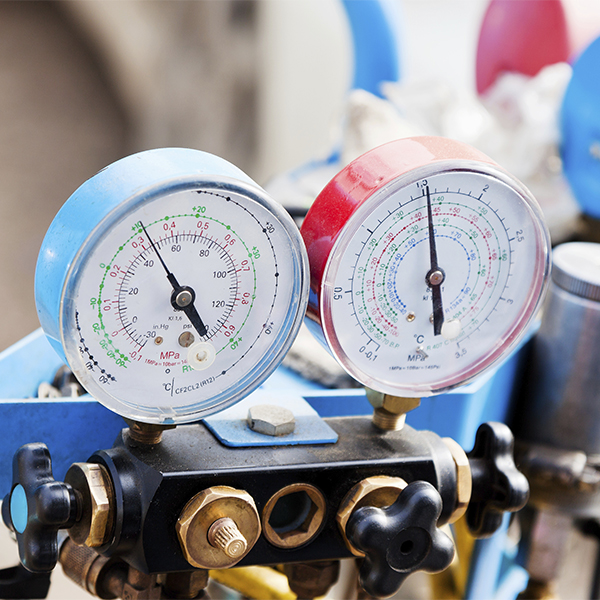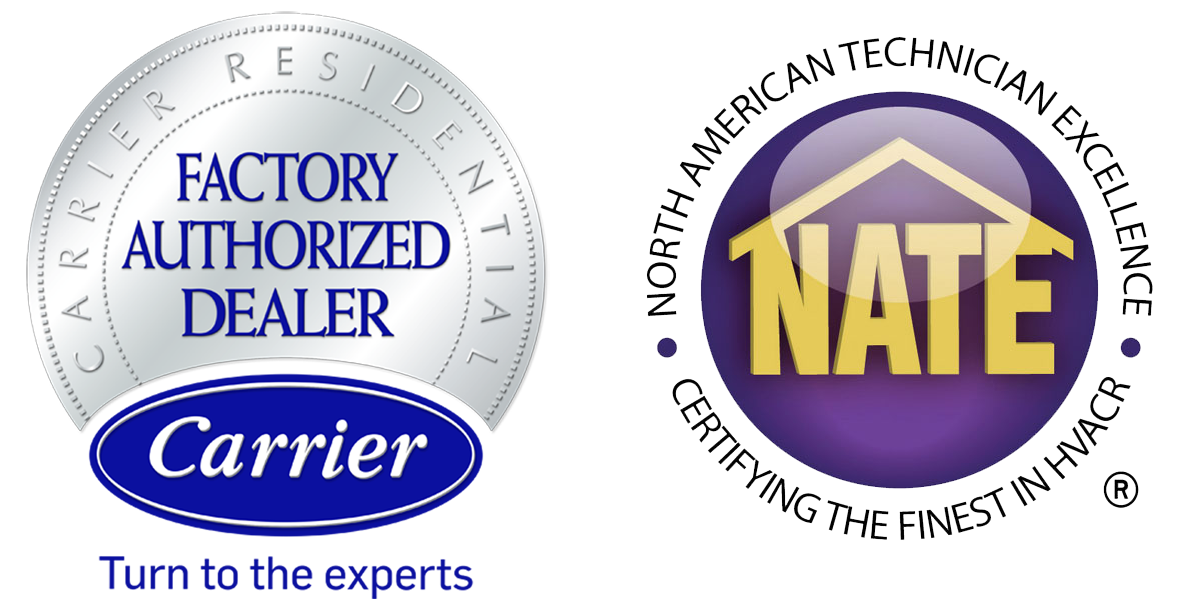Performance Tune-Ups

With regular maintenance you may avert small problems from becoming big problems and ensure optimal performance of your comfort system. We also offer annual service agreements, which can reduce the cost of a Performance Tune-Up.
Regular maintenance will:
- Provide longer lasting equipment
- Reduce utility bills
- Reduce repairs
- Provide a more comfortable indoor environment
- Protect your investment
What we do during a Performance Tune-Up:
Performance Furnace Tune-Up
- Test for carbon monoxide leaks
- Check burner assembly
- Clean ignition / flame sensor
- Check blower motor / wheel
- Inspect filtration system
- Lubricate moving parts as required
- Test safety controls
- Check electrical connections
- Check thermostat operation
- Check flue draft
- Check combustion air
- Inspect vent piping
Performance Air Conditioner Tune-Up
- Check condenser coil
- Inspect evaporator coil if accessible
- Flush condensate drain
- Check blower motor / wheel
- Inspect filtration system
- Lubricate moving parts as required
- Inspect for refrigerant leaks
- Test condensate pump
- Check electrical connections
- Test starting capabilities
- Measure air temperature differential
- Monitor refrigerant pressure
- Measure amperage and voltage
Performance Air Handler Tune-Up
- Inspect evaporator coil
- Check blower motor / wheel
- Inspect filtration system
- Lubricate moving parts as required
- Check electrical connections
- Check thermostat operation
- Inspect electrical heating elements
- Check electric heat amperage
- Check fan operation in heat cycle
Performance Heat Pump Tune-Up
- Check condenser coil
- Flush condensate drain
- Check defrost controls
- Inspect auxiliary heaters
- Check auxiliary heater amperage
- Inspect filtration system
- Lubricate moving parts as required
- Inspect for refrigerant leaks
- Test condensate pump
- Check electrical connections
- Check thermostat operation
- Test starting capabilities
- Measure air temperature differential
- Monitor refrigerant pressure
- Measure amperage and voltage

